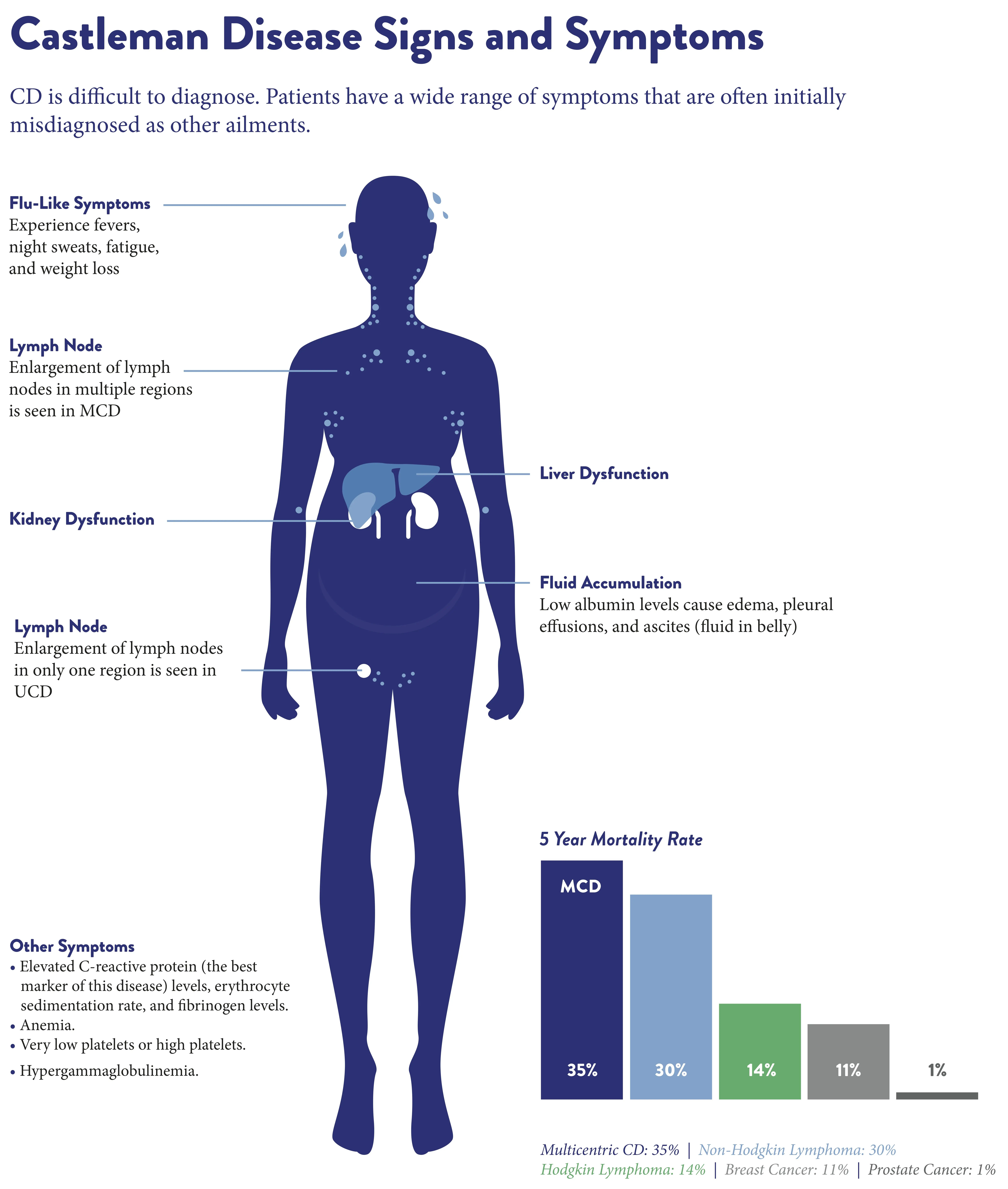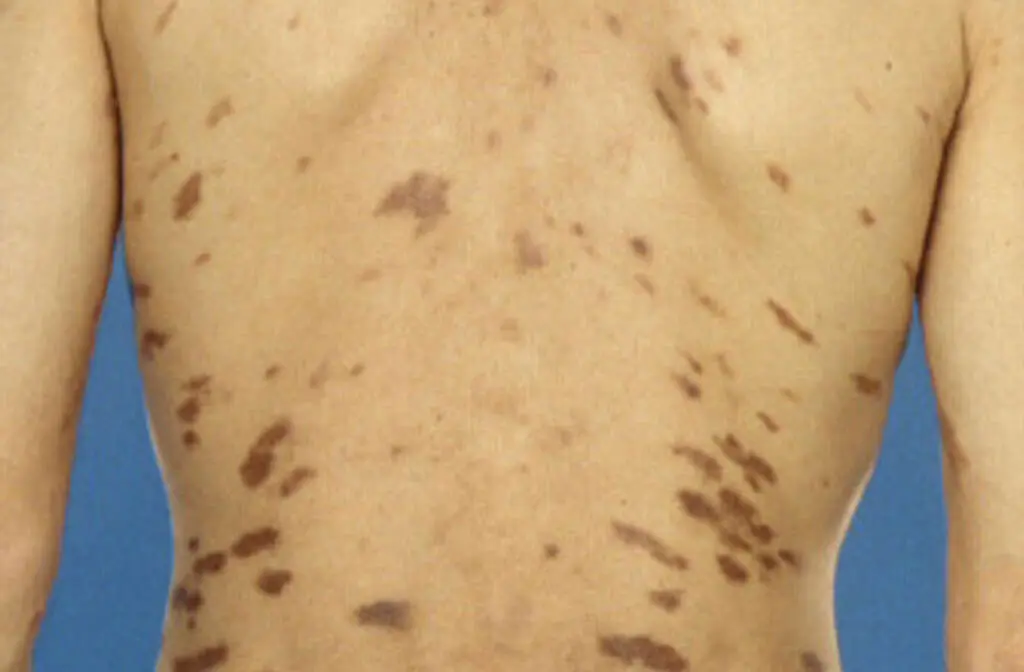Can Castleman Disease be Cured?
Sometimes
Outcomes vary depending on the type and severity; some cases can be effectively managed with treatment, while others may be more challenging

What is Castleman Disease?
Castleman disease is a rare disorder involving abnormal growth of cells in the lymph nodes. It can be unicentric or multicentric and may be associated with various symptoms. Treatment depends on the type and may involve surgery, medications, or other therapies.

Clinical Aspects

Characteristics
Uncommon lymphoproliferative disorder characterized by overgrowth of cells in the lymph nodes

Symptoms
Enlarged lymph nodes, fatigue, fever, night sweats

Diagnosis
Biopsy, imaging studies, sometimes laboratory tests

Prognosis
Variable, depends on the type and extent of Castleman disease

Complications
Systemic symptoms, complications related to organ involvement
Etiology and Treatment

Causes
Exact cause is often unknown; may be associated with viral infections, immunodeficiency, or autoimmune disorders

Treatments
Treatment varies based on subtype: surgical removal, chemotherapy, immunotherapy

Prevention
Treatment varies based on subtype: surgical removal, chemotherapy, immunotherapy
Public Health and Patient Perspectives

Epidemiology
Rare disorder affecting lymph nodes and related tissues

Patient Perspectives
Treatment varies by type, may include surgery, chemotherapy
This information aims to provide a general understanding of the subject matter, but individual circumstances can vary significantly. Please remember to consult with healthcare professionals for personalized advice and guidance.
Share: